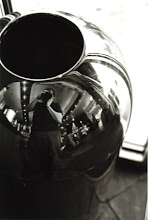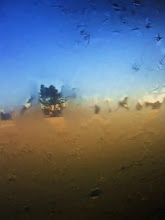




It’s been entirely too long since I’ve posted, which is something I’m working towards changing. Going back through some of the trips taken in 2010, I came across last spring when I went with my wife and father in law to Joshua Tree National Park. For an east coast transplant, like myself, the southwestern desert can seem dry, barren, and even void of life compared to the lush greenery of somewhere like Virginia. However, for anyone who has experienced the desert they know this is far from the truth. When you slow down and really take it in it has an amazing beauty all its own full of amazing rock formations, desert fan palms, wild flowers, and of course the Joshua tree—aka yucca brevifolia—for anyone wanting a botany lesson.
Most from my generation associate the park with U2’s hugely popular 1987 release Joshua Tree. Others may associate the park with the death of Gram Parsons, alt-country rock singer/song writer (and influencing member of the Byrds) who died there in 1973.
Just 150 miles east of Los Angeles it was Franklin Roosevelt who established the park as a “national monument” in 1936. It then achieved “park” status in 1994 under the California Desert Protection Act of 1994, adding land and further preserving this space for generations to come. According to nps.gov the park ranges in elevation from 536 feet to 5,814 feet, and provides a habitat for 813 higher plant species. http://www.nps.gov/jotr/index.htm



No comments:
Post a Comment